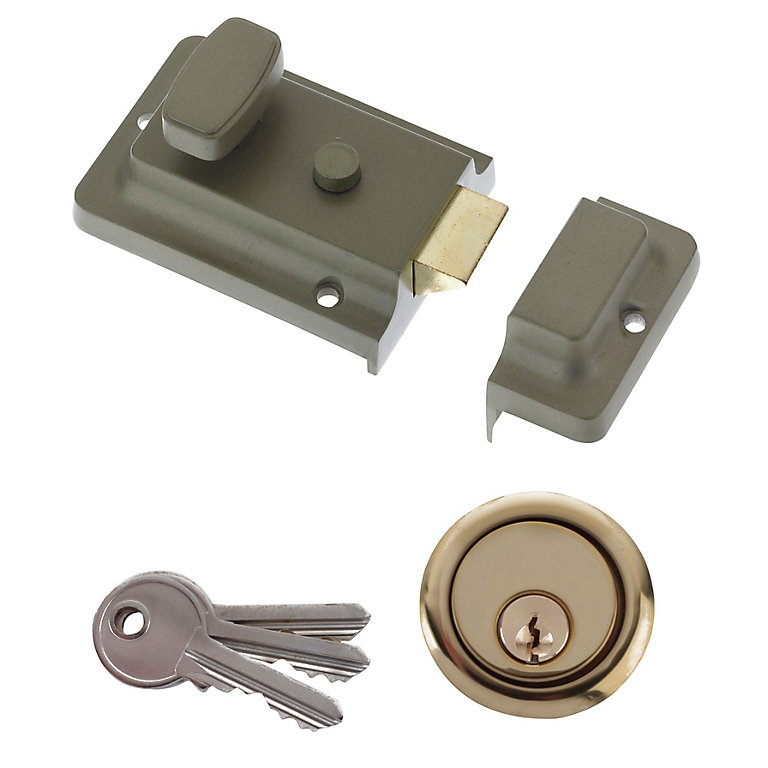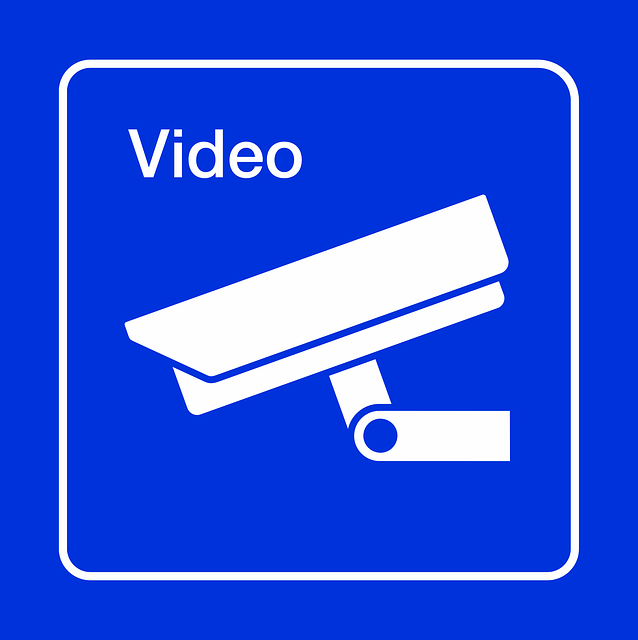
Smart security system cpi Intouch monitors your home 24 hours a day. It features real-time video, a touchscreen lock and garage controller, as well as a fire alarm. This system is also compatible to the Ring Doorbell application. Optional features include a wireless panel control and a fire alarm. You can also use this app to answer your doors and control other smart home gadgets.
Security system cpi Intouch features
CPI Security has a range of inTouch security devices. Each equipment package includes a control board that connects all sensors and relays alerts back to a central monitoring station. A control panel can be purchased with a touchscreen interface or tablet-like interface. In addition to the control panel, CPI also offers add-on devices to customize your security package and fit your needs.
CPI inTouch's security system features a central control panel which integrates security, video surveillance and home automation devices. The inTouch SmartHub control panel, which is fully color touchscreen and comes with a front-facing cam that can take a photograph if the system's disarm is completed. A high-resolution HD touchscreen is included on the touchscreen.

Security system cost
Costs for a CPI Intouch Security System can vary depending upon your needs and equipment. You can have the camera installed on the first or second floors, depending on your preference. An additional installation fee may be required if the camera needs to go up on a second level. CPI security systems can include equipment costs. If you buy at least $99 worth monitoring equipment, many companies offer equipment free or free installation. However, the website doesn't provide details about what account you will need or how long the contract will last.
CPI offers three distinct security packages. These include basic security monitoring, and more advanced systems. The company doesn't list the costs of individual equipment packages. They recommend that you contact them directly for a quote. The company sells security packages including door/window sensors or HD doorbell cams. The cameras offered by the company are stunning, but the systems can be quite costly.
Installation cost
CPI intouch installations cost will vary depending on the equipment and services that you need. CPI offers several packages that range from basic security monitoring to more advanced security systems. Although prices are not listed on the website of CPI, customers have reported spending anywhere from $99 to $299 for most equipment packages.
CPI started in the Southeast and is now one of the most popular home security providers in the region. CPI offers only services to homeowners and renters within the Southeast United States. However, the company continues to adapt to technological advancements and evolve to keep up with its competitors. It is proud to be associated with the inTouch platform and strives for high-tech security services for all its customers.

Privacy practices
CPI Intouch privacy policies cover how we use and collect your personal information. We will only use your personal information for compatible purposes. When we have your consent, or if the use of your information could cause you to lose your legal rights, this information may be shared with law enforcement authorities or third parties.
We may use your personal information to send you emails that relate to the services we offer. This could include password reset emails, order confirmations, subscription renewal notifications, and order confirmations.
FAQ
Which Home Security Systems can't be hacked
The definition of hacking will determine the answer to this question. Hacking is the unauthorised access to computer networks or systems. The majority of home security systems are not vulnerable to hacking because they do have software that allows others to remotely control them. They do not allow anyone to enter your property without your consent.
Some home security systems can be hacked by anyone who has access to the internet. These types of systems usually require a password to operate, which means that someone can hack them if he knows the correct password.
What security system should I choose?
The most important thing to consider when choosing the security system for your home is how valuable you are and what you have. The cheapest alarm system, which doesn't offer enough protection, is the basic one. You can choose to get a more powerful alarm system with better features such as remote monitoring, access control, and video surveillance.
Which is better: home security cameras or home security systems?
Home security cameras are less effective than home surveillance cameras. They can detect sounds and movement in any room, even if there is no one present. On the other side, home security cameras are much cheaper than home alarm systems and can be easily mounted to windows and doors.
Statistics
- Most home security companies will charge you around 75% of the remaining term of your contract if you cancel early—and some require 100%.Related questionsWhat type of contract length can I expect from security providers?Home security system cancellation (safewise.com)
- Depending on your insurance, 24/7 professional monitoring may qualify you for as much as 15% off your premium. (safewise.com)
- That's probably why Cove has a whopping 98%* customer retention rate. (safewise.com)
- Related questionsHome security systems that are 100% DIY (safewise.com)
External Links
How To
How to Install Home Security Systems
A home security system monitors your property and alerts if there is any activity. It could be a motion sensor, doorbell camera, smoke detector, fire alarm, flood alert, carbon monoxide detector, burglar alarm, etc. A home security system usually consists of one or more sensors (e.g., motion detectors), which send signals when they detect movement or sound. The signals are then sent to a control panel where they're monitored and recorded. If there's a problem such as someone breaking into your house or other suspicious activity, the control panel sends an alert via your phone, tablet computer, voice assistant, or computer. You'll be able to immediately take action and know exactly what's happening.
You must first choose the right kind of sensors for you home in order to install a home alarm system. There are two main types: passive and active sensors. Passive sensors don't require batteries; they just pick up sounds and vibrations from their surroundings. These include buzzers, sirens and doorbells. Active sensors use electricity to transmit data. This type of sensor can be found in cameras and motion sensors.
There are many brands of sensors today. Each brand has its advantages and disadvantages. Some sensors can withstand extreme weather conditions, while others cannot. Some come with built-in speakers so you can hear them even if they're outside. Others work only inside. Some have simple features, while others provide advanced features like night vision.
After choosing the best sensor type for your property you can choose a manufacturer. This will ensure that all your sensors work together. There should be many options at your local hardware store.
After you have chosen a brand, you will need to decide how many sensors you wish to purchase. Depending upon whether they live alone or in a group, most people begin with one or two sensors. You might want to buy more sensors if you intend on adding them later.
Next, consider where you want to put your sensors. Do you want them close to doors or windows? Or do you prefer having them hidden away? Make sure you get permission before placing them around your property. They should not be in conflict with any electrical outlets.
You now know where to place your sensors. Now you need a way for them to be connected to your control panel. Depending on your setup you might need to buy a power adapter and/or battery pack. Once everything is set up, it's time to start monitoring your property.